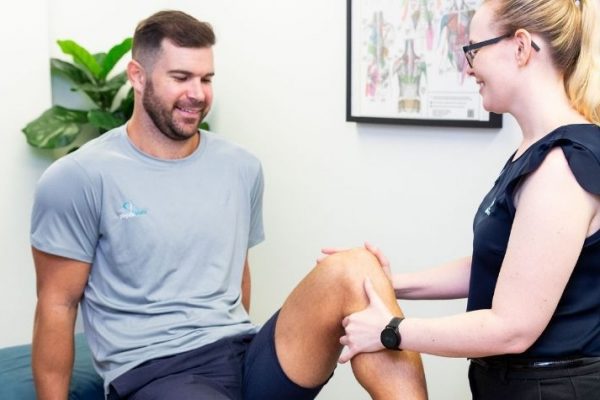If you type ‘tight abs’ into Google, you get over 77 million results. Typing in ‘6 pack abs’ gets you 147 million results. Type in ‘better abs’ and there are 461 million pages you could view.
Clearly there’s a lot of interest in toning the tummy! And that’s good, up to a point. A strong core doesn’t just look great. It gives you power, stability, balance and flexibility which you rely on for almost everything you do, from bending down to tie your shoelaces to impressive athletic feats.
But you can have too much of a good thing. Overactive abdominals can actually cause lower back pain. Here’s how that happens and how to treat it.
How do overactive abs cause back pain?
Your core muscles need to work as a team to support your body.
They key members of this team are the:
- Diaphragm – the breathing muscle which sits like a lid on top of your abs, contracting and relaxing as you breathe
- Transversus abdominis – the deepest layer which stabilises your trunk and maintains internal abdominal pressure
- Rectus abdominis – the 6-pack situated between your ribs and pubic bone that helps you move your ribcage and pelvis
- External obliques – found on either side of the rectus abdominis. Their job is to help you twist your trunk
- Internal obliques – found just inside your hip bones, these work alongside the external obliques to help you twist
- Multifidus – muscles deep in your back
- Pelvic floor muscles – the base of your core muscles, these hold your pelvic organs in place, keep you continent and support your spine.
Like any team, your core performs well when each muscle is appropriately balanced by the others.
However, if you’ve been working hard to tone your abs and get an Instagram-worthy 6-pack, you may have overtightened your rectus abdominis.
That can be a problem. It’s a bit like having an overly ambitious colleague who seizes all the best jobs, straining relationships within the team.
Overtightening one muscle disrupts the smooth functioning of your core muscles, potentially affecting your posture, flexibility and breathing as well as causing back pain.
What are the symptoms of overactive abs?
Overactive abs can cause symptoms such as:
- Slouching because you can’t maintain an upright posture for long
- Hips that feel tighter throughout the day
- Difficulties engaging or relaxing your pelvic floor muscles, e.g. so you can go to the toilet
- Back pain.
How can you relax overactive abs?
If your efforts towards a nice toned abdomen have triggered back pain, the solution is to dial things down a little and strengthen the rest of your core.
Exercises may include:
- Deep breathing that engages your diaphragm
- Hip flexor exercises
- Lower limb stretches
- Posture training
- Glute strengthening
- Core control.
How can Physionorth help?
Your back is a complex structure and it’s wise to seek advice from a qualified physiotherapist rather than diagnosing and treating yourself.
It’s often a surprise to learn that, although your back hurts, the true problem may be in your (toned and gorgeous) abs! They probably don’t hurt at all but they may be driving the pain and dysfunction in your back and breathing.
At Physionorth, we look at how your whole body works together. If you have overactive abs and back pain, we will first recommend some manual therapy to relieve tense areas of your body.
Then we’ll develop a program of exercises that build up the rest of your core muscles and restore balance to your trunk.
Please make an appointment today.
Disclaimer
All information is general in nature. Patients should consider their own personal circumstances.

